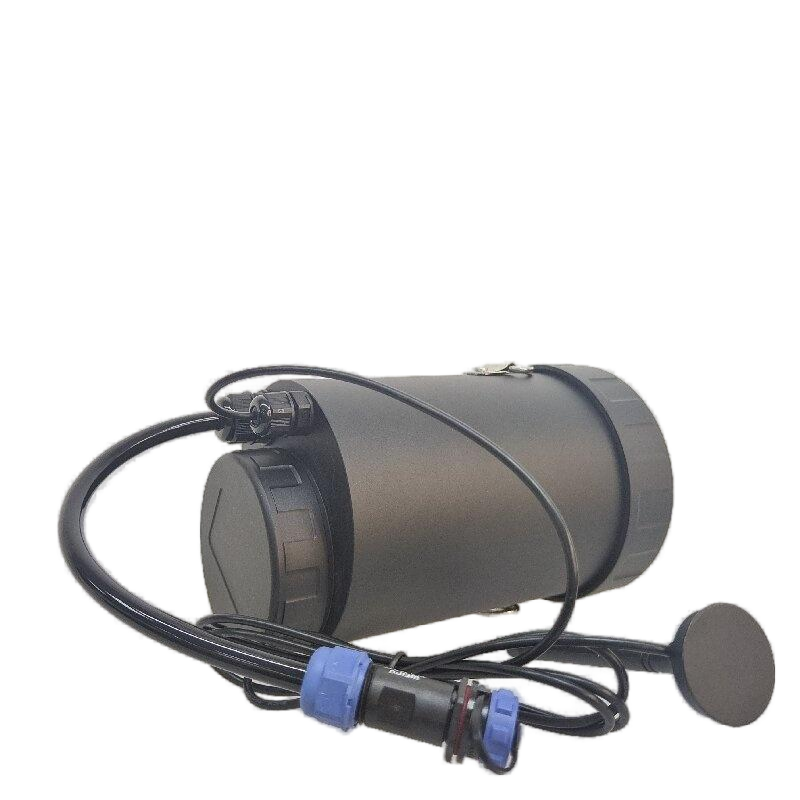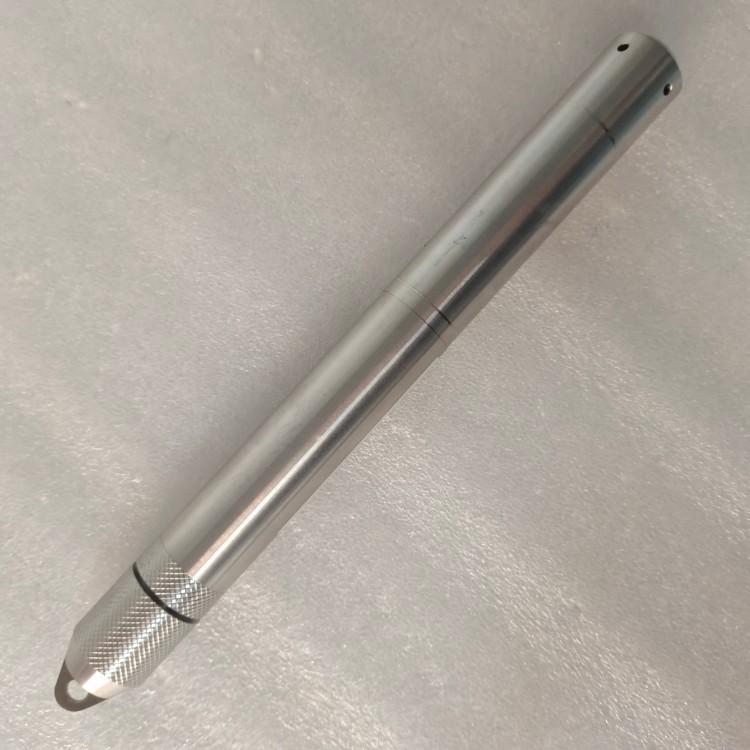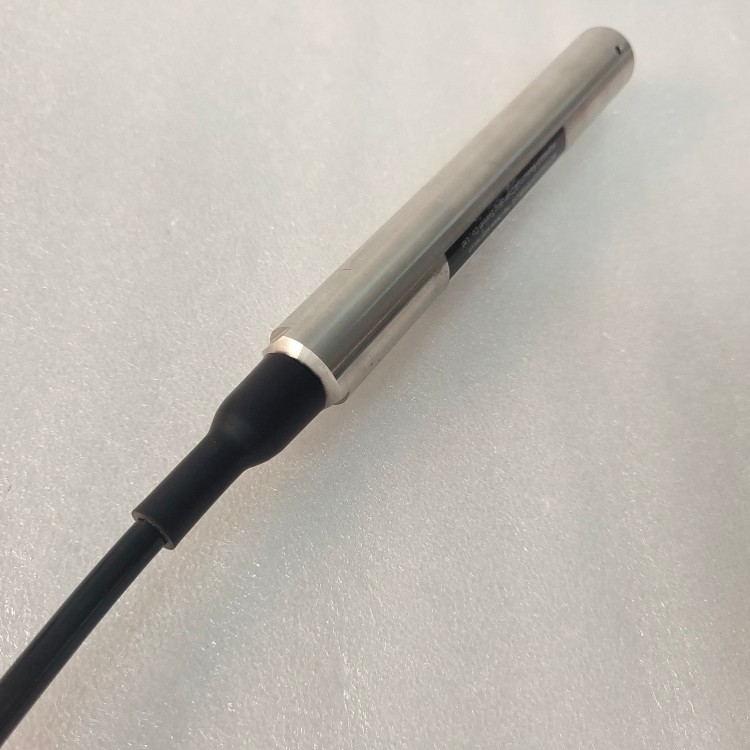Solutions-Flow Transmitter
Principle, Advantages &Disadvantages Of Immersible Liquid Level Transmitter
The input-type liquid level transmitter is directly inserted into the measured medium and is very convenient to install and use. Solid structure, no moving parts, high reliability, long service life. High-precision measurements can be made from water, oil to pastes with higher viscosity, and are not affected by bubbling, sedimentation, and electrical characteristics of the measured medium. Wide range Temperature compensation.
The basic working principle of the input liquid level transmitter is hydrostatic liquid level measurement.
In liquid media, the pressure generated at a certain depth is generated by the weight of the medium itself above the measuring point. It is proportional to the density of the medium and the local acceleration due to gravity. The proportional relationship between them is reflected by the formula P=ρGH. Where P=pressure, ρ=density of medium, G=gravitational acceleration, H=depth of measuring point. Therefore, the physical quantity measured by the input liquid level meter is actually pressure, which can be understood through the calibration unit of the input liquid level meter, MH2O. The actual liquid level must be obtained through conversion after knowing the two parameters of density and gravity acceleration. Such conversion is usually performed through secondary instruments or PLC in the industrial field.

Advantages and disadvantages of input level transmitter
1. Main advantages:
High measurement accuracy; easy installation; signals can be transmitted remotely for remote control;
It can resist the corrosion of various media by selecting different materials; it is suitable for use in explosion-proof situations; the price is moderate.

2. Disadvantages
The measurement signal needs to be converted; the temperature of high-temperature media exceeding 125°C cannot be measured; the density of the measurement medium must be uniform.

RELATED NEWS
- Technical Introduction of Reverse Flushing Flow Meter 2025-06-12
- Liquid Level Switch, Level Meter And Liquid Level Transmitter 2025-05-22
- Troubleshooting Methods for Electromagnetic Flowmeters 2025-04-28
- Understanding the Basics of Groundwater Quality Monitoring Data 2025-04-15
- Capacitive Level Gauges vs. Self-Powered Level Gauges 2025-03-19
CATEGORIES
LATEST NEWS
CONTACT US
Contact:Roxy Deng
Phone:+8617794001501
Tel:+8617794001501
Email:roxy@besteetech.com
Add:Weibin District, Baoji, Shaanxi Province, China
 Roxy Deng
Roxy Deng Roxy Deng
Roxy Deng